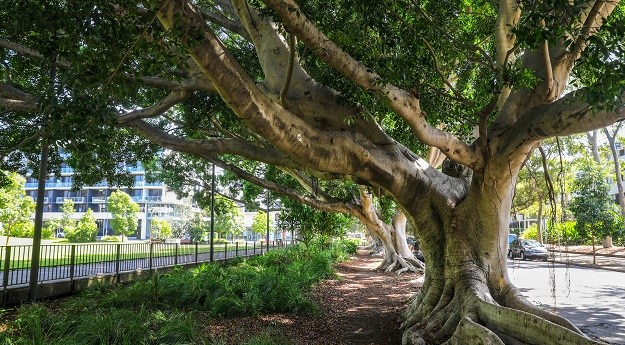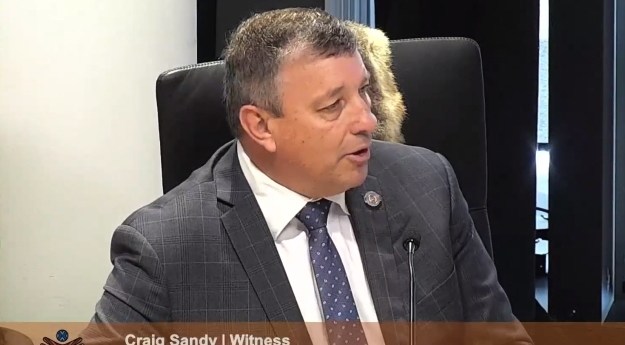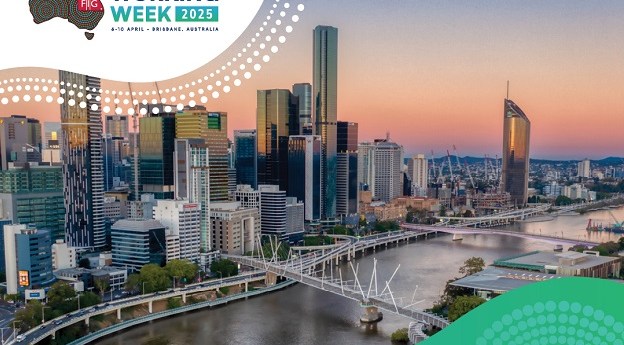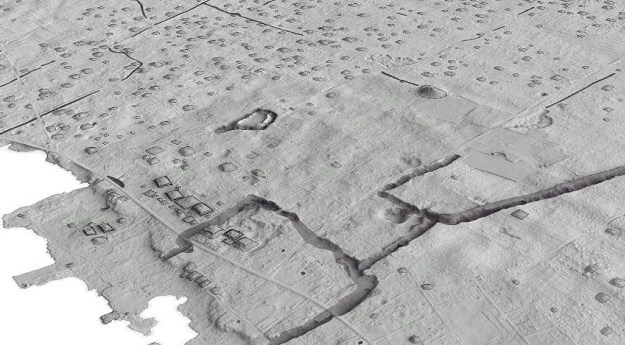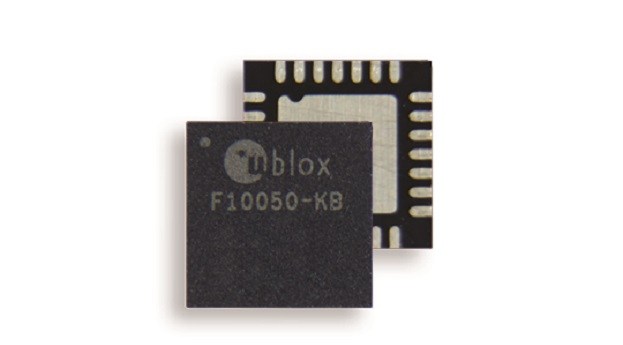
An international panel of experts selected this year's overall winner – the GMES Master – from among all the winners of the competition's various challenges. Prof Dr Volker Liebig, Director of Earth Observation Programmes at the European Space Agency (ESA), announced the Dutch company BlackShore-creative and its project Cerberus as the 2012 GMES Master before presenting it with the corresponding EUR 20,000 prize.
"Cerberus represents an innovative approach to using GMES data that informs the public of possible applications of Earth monitoring information," Prof Dr Liebig stated. "In doing so, this crowdsourcing tool involves users directly and systematically in evaluating satellite data, such as in disaster management and environmental protection."
The e-learning platform is presented as a "serious game" in which participants can mark cracks in ice, damaged power cables, areas of drought, and other anomalies on the satellite images they receive. Following verification, user input is converted into digital maps that can then be employed by governments and other interest groups.
This project also came in first in the European Space Imaging High-Res Challenge. "In its novel approach to using very high resolution (VHR) satellite data, Cerberus reaches a broader user community. The platform uses crowdsourcing to reduce the time and costs involved in analysing satellite data in an entertaining way. This is exactly the type of innovative application idea we had expected from our participation in the GMES Masters; we're more than happy that our winner also was chosen as the overall winner," declared Adrian Zevenbergen, Managing Director of European Space Imaging GmbH, who awarded the prize for the European Space Imaging High-Res Challenge.
The Cerberus project is currently undergoing further development in the incubation programme at ESA BIC Noordwijk (the Netherlands).
The prize for the Ideas Challenge was presented by Dr Eduardo Dias – Research Coordinator at Geodan, the previous year's winner – to Daniele Di Erasmo and his team from Serco SpA. (Italy). The company was selected for MOSP-RIOS, an Earth observation service that enables comprehensive, cost-effective monitoring of oil spills and gas flares on offshore oil platforms using Sentinel-1 and -2 data. It thus supports cleaner, more sustainable drilling and compliance with international standards.
Dr Josef Aschbacher, Head of the GMES Space Office at ESA, awarded the ESA App Challenge prize to Dr Harald Skinnemoen and his team from the Norwegian company AnsuR Technologies AS. Their ASIGN app uses crowdsourcing to support personnel deployed in disaster areas by encouraging users to take pictures of the current situation on the ground. These images then supplement satellite data, the details of which are sometimes partially obscured. ASIGN was already used to aid relief efforts with constantly updated local imagery during the 2011 floods in Thailand.
Dr Gerd Gruppe, Member of the Executive Board of the German Aerospace Center (DLR), was presenting the prize for the DLR Environmental Challenge. Steve Lee from Stevenson Astrosat Ltd. (United Kingdom) accepted the honour for the ThermCERT project, which involves an instrument for compiling findings on buildings' thermal and CO2 efficiency. ThermCERT leverages satellite data to increase the accuracy and quality of thermal measurements, thereby optimising related investments.
Markus Lennartz, Vice President of the Segment EU/International at T-Systems International GmbH, conferred the prize for the T-Systems Cloud Computing Challenge to Dr Tim McCarthy and his team at iGeotec Technologies Ltd. (Ireland) for their project, WAMSAPs. The company has developed a cloud-based platform on which users can access a combination of satellite- and airborne Earth observation images in near real-time. Specially designed UAVs (Unmanned Aerial Vehicles) equipped with cameras and various sensors can supplement the Earth observation data collected by satellites whenever it is unclear (due to cloud cover, for instance). This is seeing increasing use, for example, in monitoring major events or areas under environmental protection.
Dr Virginie Lafon and her team from the French technology transfer unit GEO-Transfert accepted the prize for the Astrium Radar Challenge for the project BALIST. The prize was awarded to the winners by Alexander Kaptein, Head of Future Programmes at Astrium GEO-Information Services. BALIST is a project that uses Sentinel-1 and -2 data to provide bathymetric mapping of coastal waters. Information on water depth is particularly important in ensuring the safety of nearshore shipping.
Finally, the prize in the Best Service Challenge was presented by Dr Reinhard Schulte-Braucks – Head of the GMES Bureau at the European Commission's DG Enterprise and Industry – to Francesco Bartoli of the Italian company Geobeyond Srl. The winning service, SnowMonit, is designed to improve information on avalanches based on remote sensing data. An online audience deemed Bartoli's entry the service most beneficial to the citizens of Europe.
For further information about the GMES Masters and a publication of all the results, please visit www.gmes-masters.com.
For more information about the GMES programme, please visit www.esa.int/gmes and http://ec.europa.eu/gmes.






